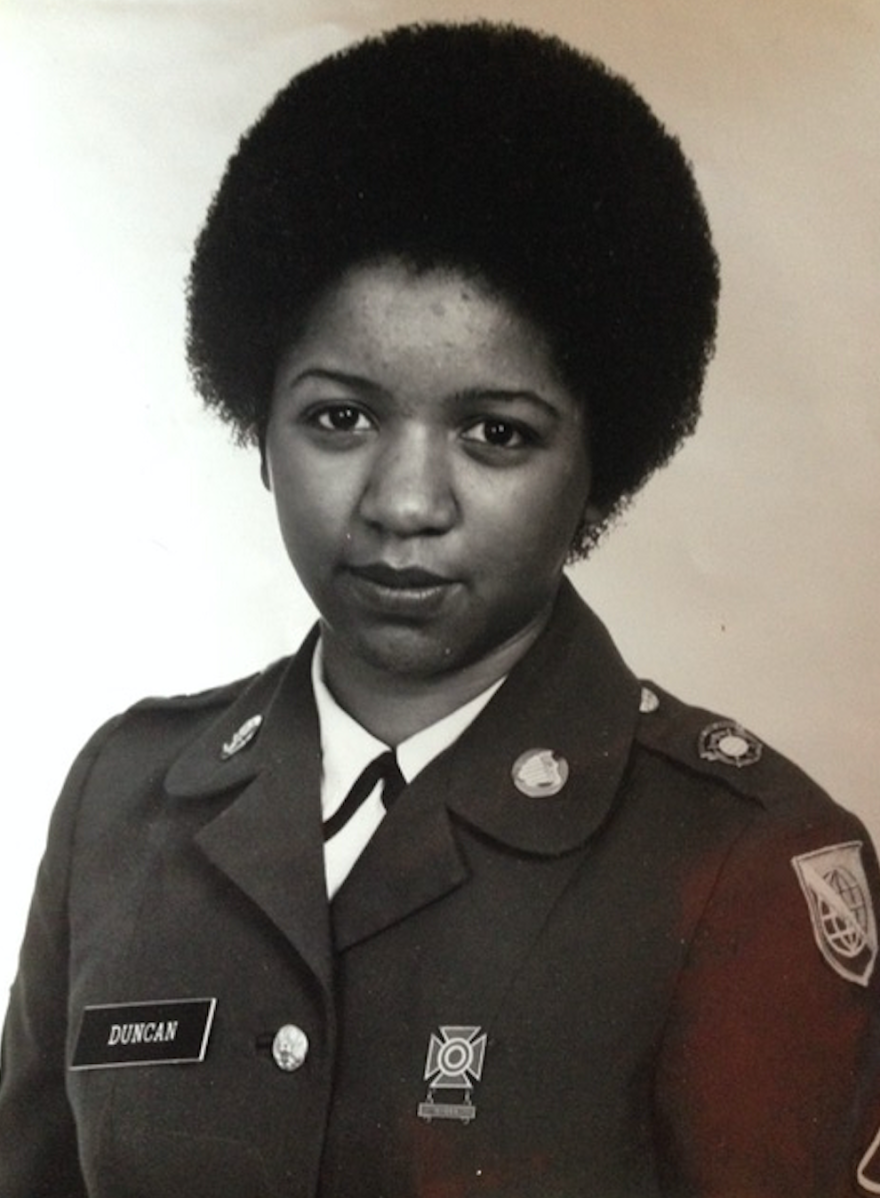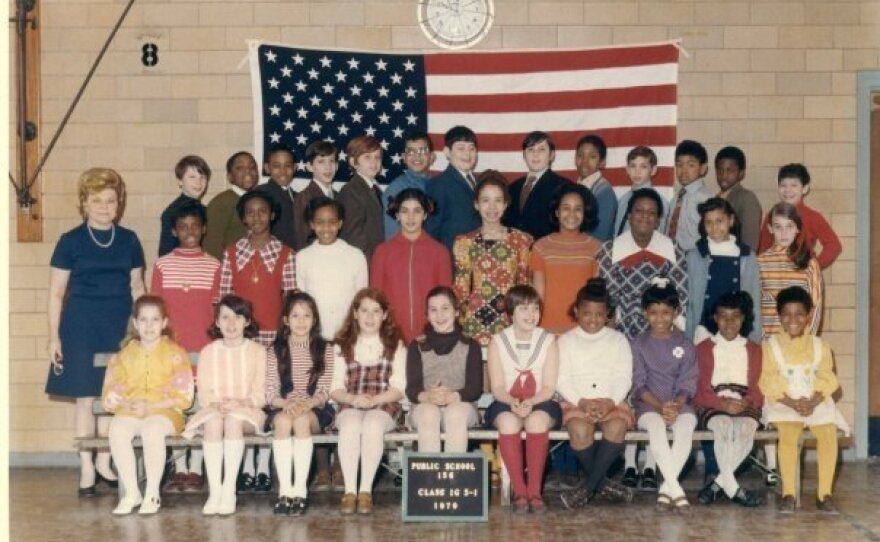How do visually impaired students learn best in a virtual classroom? That is Janet Perez’s job to figure out this year. She is the instructional and assistive technology facilitator at the Governor Morehead School for the Blind in Raleigh. Though she is sighted, Perez has plenty of feedback for web designers to make online learning more accessible (including some flaws on WUNC’s website).
As an educator for students entering a visually-dominant world, she is fixated on getting out of the way so that students can innovate their way to autonomy. In particular, Perez remains conscious of the gap between her own perspective and that of her students.
She knows that cultural differences, in particular, can be roadblocks in the classroom. It is a lesson she learned as a Black student in classrooms led by white teachers in some of New York’s early-integrated classrooms.
In conversation with host Frank Stasio, Perez recalled the experience of getting bussed away from her neighborhood school. “Overnight, my sister's going to one school, and I'm going to another. That was really shocking. I was hollering: ‘Mama! Don't leave me here.’ Because I didn't know these people.”
I remember going outside and looking up and saying: God, do you like Black people?
Perez initially did well in class, but she continued to feel frustrated by the forcefully-integrated schools. By high school, Perez was cutting class consistently and choosing to immerse herself in the school of the streets, especially in the Black Power rhetoric surging through 1970s New York. “Too often we hear the demonized version of the Black Panthers, but really they were building up the self-esteem of so many people who really had been bombarded with images of being less than.”
The movement made an impression on her own sense of pride. She had been wearing her hair in an afro for some time, but the choice gained a whole new level of importance during this time. “I came up when Stokely Carmichael was saying: ‘Black Power.’ And James Brown was singing: ‘Say It Loud, I’m Black and I’m Proud.’ That meant something to us. And then to be able to wear our hair naturally… You do not know if you've never had your hair pressed — you do not understand what that torture is.”
It was then a surprise to her family and friends when she enlisted in the armed forces. “I joined the military because I wanted to go to college. My mother never went to high school… And I did not want my mother — who worked two or three jobs as a CNA and a housekeeper — to have to go into debt for me to go to college.”
This is my disclaimer - I'm 17.
“My test scores with the military were so good that I enlisted [in] military intelligence. I was going to be a code breaker. I was going to learn Morse code. But then you had to get an FBI top secret clearance. I'm 17,” Perez laughed. “This is my disclaimer — I'm 17. One of the questions they asked me was: Would you do anything for your country? Well, I had been reading [about] the Black Panthers, getting a little bit into Malcolm X, and I looked at the man and said: ‘No.’”

The response ensured she would have no future in military intelligence, and so she moved to computers. Positioned in Germany, she encountered a new frame of reference for race and nationalism. “[It was] the first place in my life that someone called me the N-word. It was also the first place in my life that I was told I could not come in because of my color.”
Upon her return stateside, Perez found her way into education, eventually learning a whole new set of lessons on race while teaching in the Charlotte-Mecklenburg school district. “When I finally applied to Charlotte Mecklenburg schools, I only put one school down, and it was the school that [friends] told me: ‘We didn't want our kids to go into.’ Because I wanted to know what was going on.”
Though Charlotte was seen as a model for peaceful and effective school integration, Perez saw exactly how the district had achieved racial diversity. “My first class — at a magnet school for choice-integration — was all Black.” But when she took her students to the cafeteria, other classes were mostly white. On paper, the school was integrated. In reality, classrooms remained separated. “I was shocked. Okay, maybe I should say I was angry because everything was so black and white.”
You would think that, within the community of people who are blind, that race doesn't even play a big part because they can't see it.
Despite the statistical deception (called tracking, which persists in many schools today), Perez found that a class of solely Black students offered her unique opportunities as an educator. “Instead of doing Black history in February. We did Black history all year long.” She realized what had been missing in the integrated classrooms of her own childhood: “And that was positive self-image, not just in February, but from August to June.” It forced her to recalibrate her own philosophy, which had been geared towards diversity as an ideal. “That was another stigma. That if it's all-Black — all-Black neighborhood, all-Black schools — there must be something wrong with it.”
Those lessons carry forward into her philosophy crafting curricula for blind and visually-impaired students that directly addresses race. “You would think that, within the community of people who are blind, that race doesn't even play a big part because they can't see it.”
But an experience while riding the train indicated otherwise. “I met one of my students. ...So we were talking, at some point, I said: ‘As a Black woman…’ And she froze. I mean, she literally froze. And she's like: ‘I didn't know you were Black.’ I said: ‘Are you okay with that? I mean, do we need to change the conversation? Do I need to sit someplace else?’ And in that moment, I saw that she had to do some readjustment with her concepts of who I was, because she obviously had me pegged as a white woman.”
Perez explained to Stasio that, as a sighted person, she will never understand the struggles of her students. But she does understand the importance of confidence for battling against marginalization. “Going forward into a society where you are the different one, sometimes you're going to have to knock on doors, sometimes you're going to have to kick on them. And sometimes you're going to have to get to the other side and say: I'm not leaving until you help me.”
She makes it clear to her students that self-advocacy is not easy, but it is necessary. “But before I can advocate, I need to have a positive self image.”





